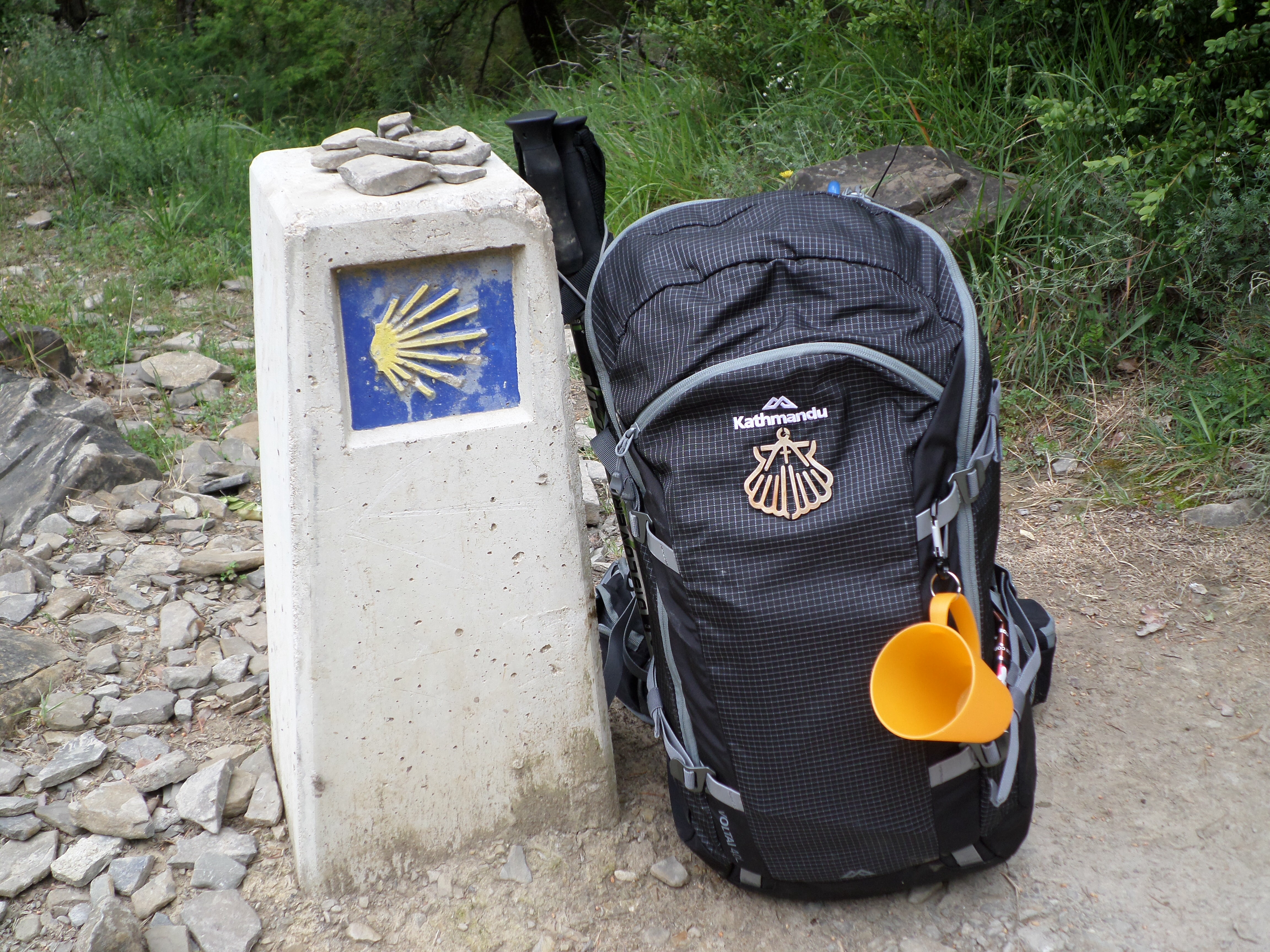 Mark Schipp, our vice-president, also walked the Camino during the northern summer. Here is part 1 of his story.
Mark Schipp, our vice-president, also walked the Camino during the northern summer. Here is part 1 of his story.
The Camino de Santiago is a series of ancient pilgrimage routes ending at the city of Santiago de Compostela in north-west Spain. The most popular route (70% of all pilgrims) is called the Camino Frances which begins on the Franch side of the Pyrenees in the beautiful village of St Jean Pied du Port and ends almost 800km later at Santiago. This little exchange was heard in St Jean in the pre-dawn:
“Excuse me, which direction do I take?”
“One kilometre down and then 800 up!”
The route became established in the 9th century and has been growing in popularity over the past 20 years, reflected and reinforced by documentaries, books and films about The Way. The remains of St James, one of the apostles, are said to be housed in the cathedral in Santiago. Popular pilgrimage years include those where St James Day (25 July) falls on a Sunday. Last year (not a holy year) 215,880 pilgrims received their compostela in Santiago, generally during the spring/summer/early autumn seasons.
A compostela is a certificate showing that the pilgrim has completed at least the last 100 km of St James Way. Last year twice as many people walked only the last 100km rather than started from St Jean. Pilgrimage can be done on foot (87%), by bicycle (12%) or by horse (1%). Most walkers are over 30 years of age and there is an almost even split between the sexes. Australians are the 10th most common nationality on the Camino.
The route is very well catered for as small villages are coming back to life in order to service the needs of pilgrims. Cafes, bars and albergues (dormitories) are popping up along the route. Most days there is a cafe or bar every 5 or 10km, although there are a few sections with longer stretches where the walker is advised to carry food and water. The route wanders through some beautiful scenery across the Spanish countryside, including ancient cities with magnificent cathedrals.
Accommodation is usually in the form of bunk beds in dormitories and is relatively cheap at 5-12 euros per night. In some albergues you may cook your own meals while others provide a fixed price pilgrim’s menu (three courses, wine and bread for about 10 euros). So this is not an expensive holiday. To access these albergues you must show your credencial (pilgrim passport) featuring stamps of the places you have visited (a nice souvenior at the end of your trip). Your credencial is used in Santiago as evidence of your pilgrimage to obtain your compostela certificate.
Most pilgrims carry their packs, decorated with a scallop shell, but some choose to use a service that transports your pack forward so you only need to carry a day pack. This is a very useful option if you have blisters or a steep climb ahead of you!
The Way is very well-marked with yellow arrows pointing the direction and supplemented by the sign of the scallop shell along the route where it follows main roads and in more urban environments. There is a good mix of walking on formed paths, alongside crops or along the old Roman road.
End of part 1.


One thought on “Buen Camino part 1”
Comments are closed.